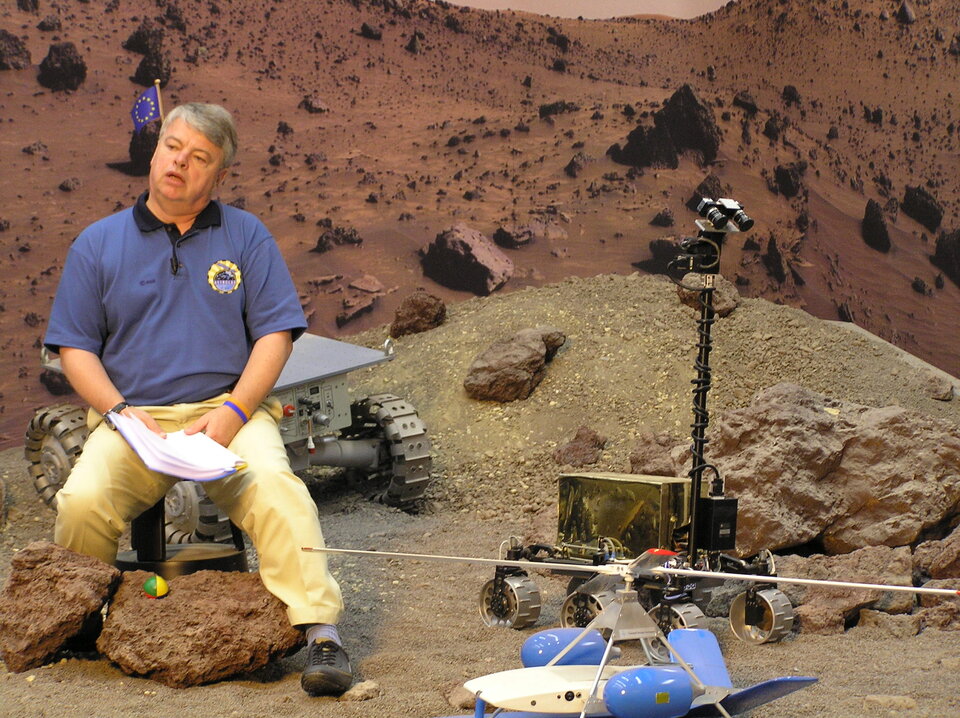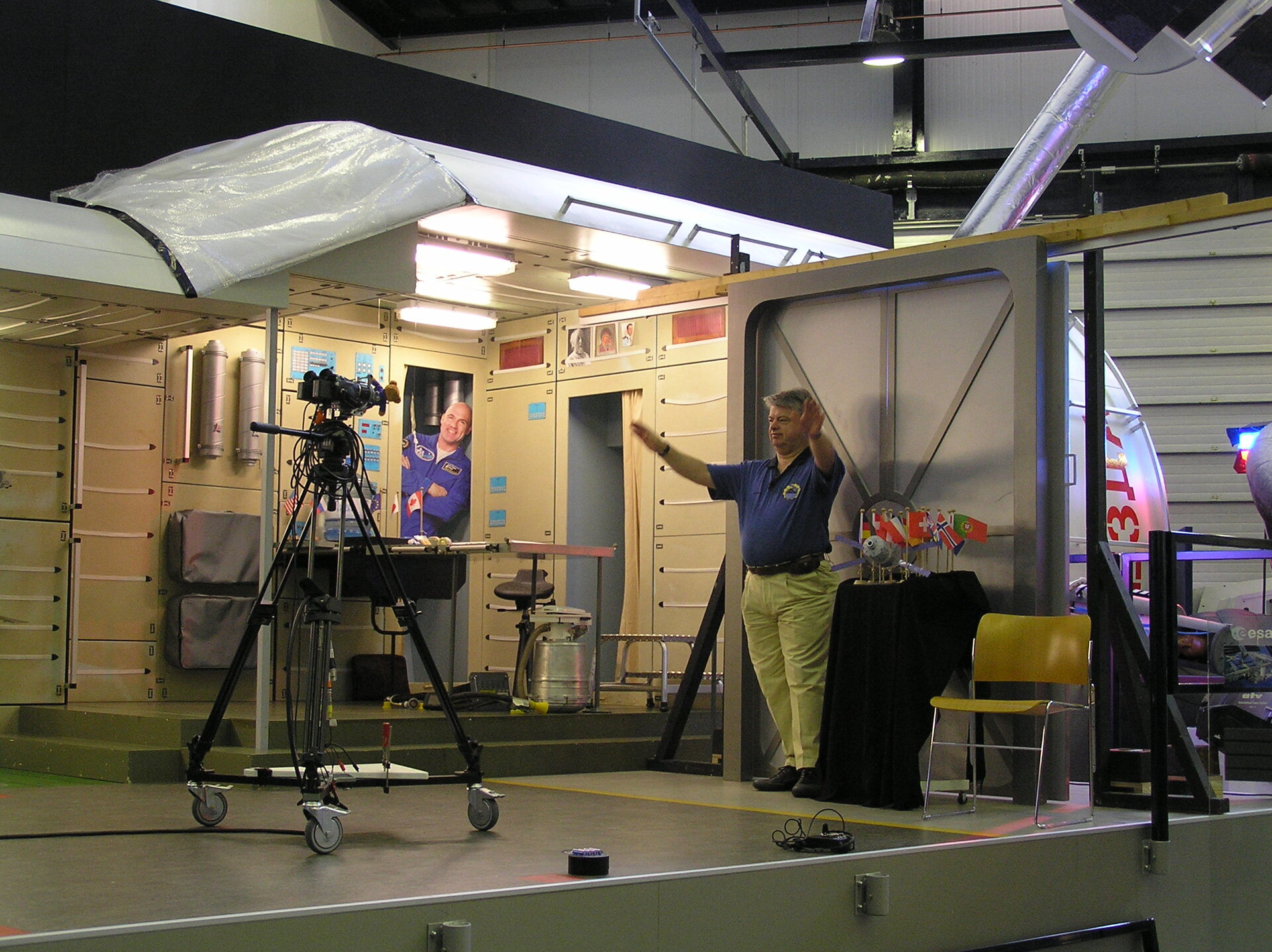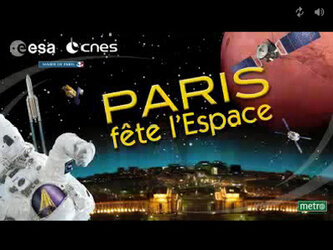Live 3-D broadcast to Munich cinema theater
For the first time in Europe, ESA has shown a live 3-D view of their human spaceflight activities to an interactive audience in a digital cinema. On Wednesday 25 July, over 250 people gathered in a cinema theater in Munich, Germany, were connected to ESA's Erasmus Centre in Noordwijk, in the Netherlands.
Using a satellite feed and HD digital video techniques, the audience was taken on a journey through space wearing special glasses to convert the images into a full 3-D experience. The audience experienced life on board the International Space Station (ISS), including footage shot by German ESA astronaut Thomas Reiter during his recent six-month Astrolab mission to the ISS.
"Today, space travel is as yet out of reach to all but a select few. The 3-D images allow us to bring a taste of the Space Station down to Earth," explained Dieter Isakeit, Head of the Erasmus User Centre, who co-presented of the broadcast from Noordwijk, together with German TV moderator Joey Grit Winkler in Munich. "The addition of the third dimension gives the viewer more of an impression of what it is like to live and work in space," added Winkler.

The show opened against the backdrop of a life-sized replica of the Russian Zvezda laboratory, which is also the Station’s main module. Seated behind the module’s dining table, Isakeit talked about astronaut food and demonstrated the workings of the Station's toilet.
The audience also heard about ESA's other human spaceflight activities through specially prepared 3-D film clips, including one presenting ESA's research and technology centre, ESTEC, and another showing Jules Verne, the first Automated Transfer Vehicle (ATV), during testing the ESTEC test facility.
Looking to the future of human spaceflight, the show's setting moved to a Martian landscape. From there, Isakeit explained the challenges of a robotic and human mission to Mars, and expressed his expectations for the progress of space tourism as a means to share the cultural dimension of spaceflight with 'ordinary' people on Earth.
Unlike a regular cinema visit, the audience also had the opportunity to put their questions to the presenters. At the close of the three-hour live broadcast Winkler thanked ESA on behalf of the fascinated audience in Munich.





